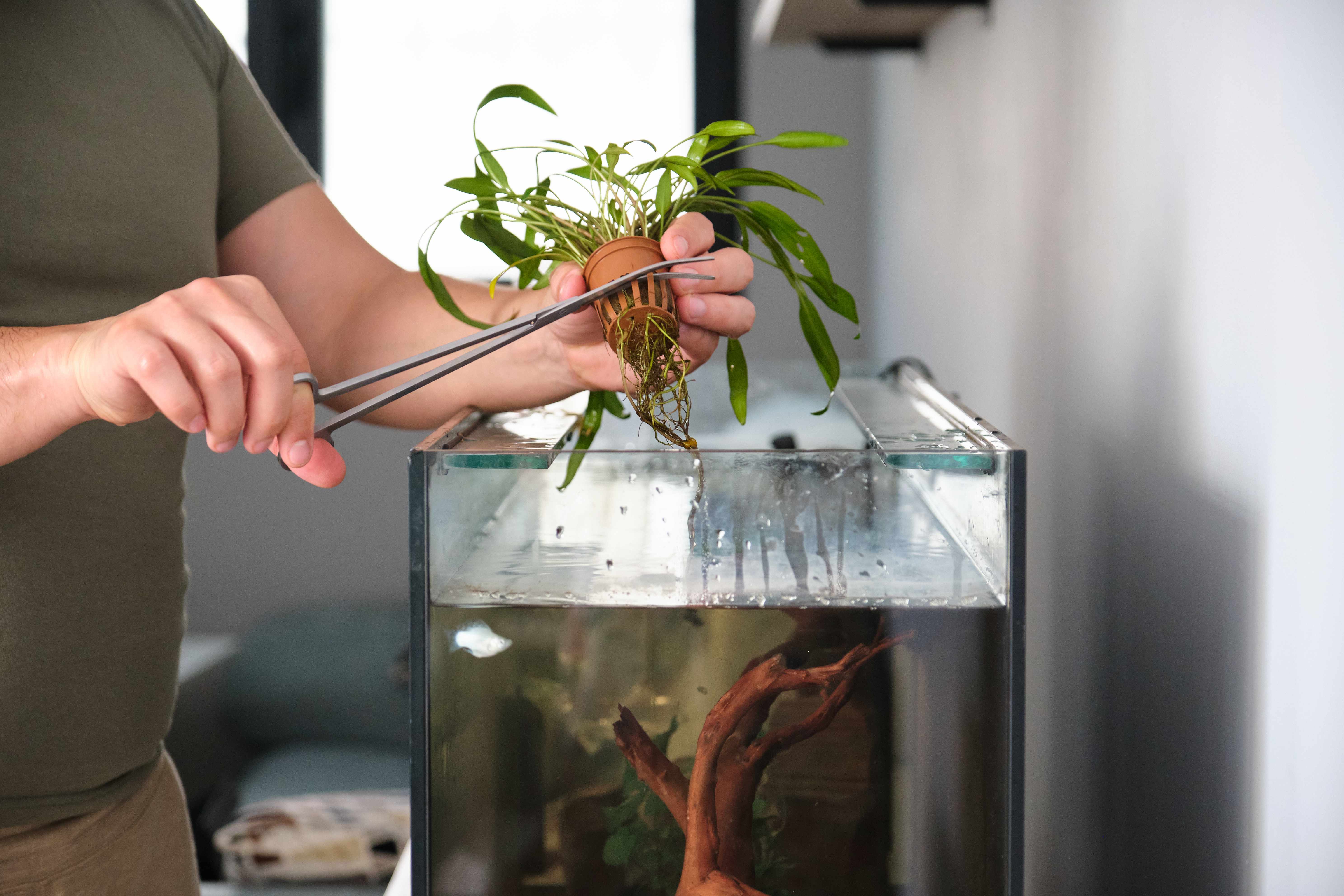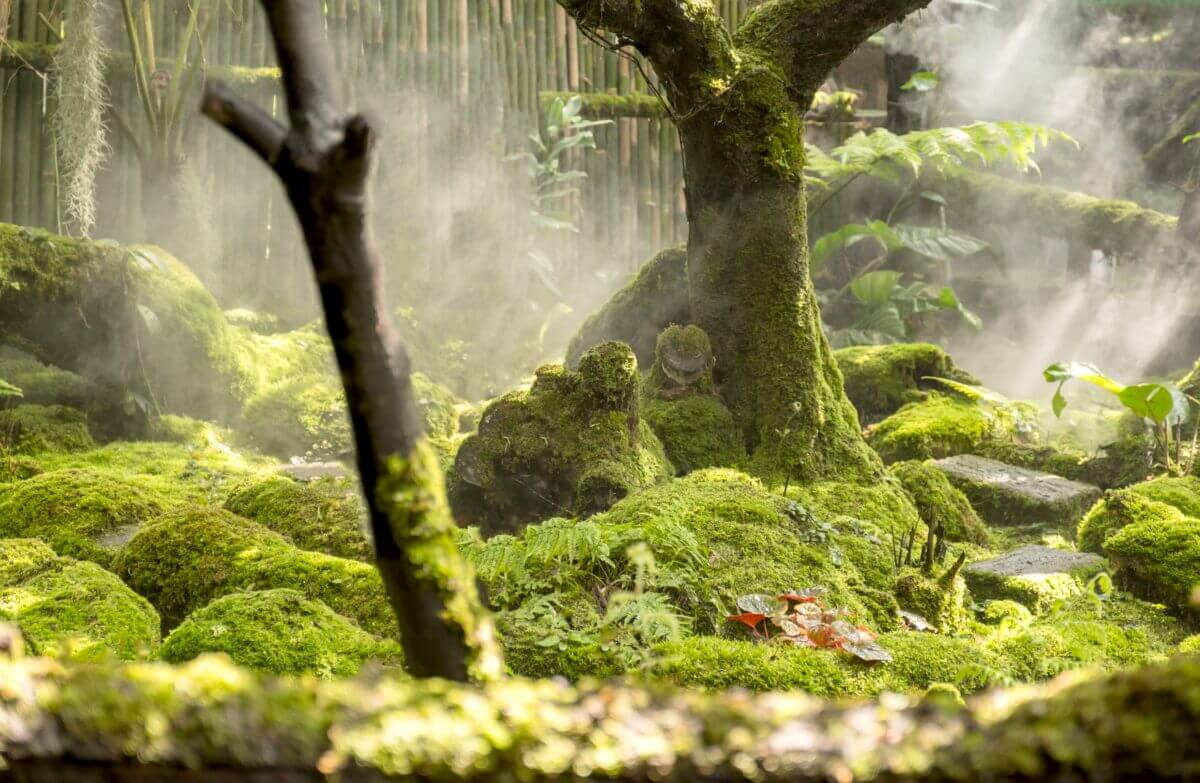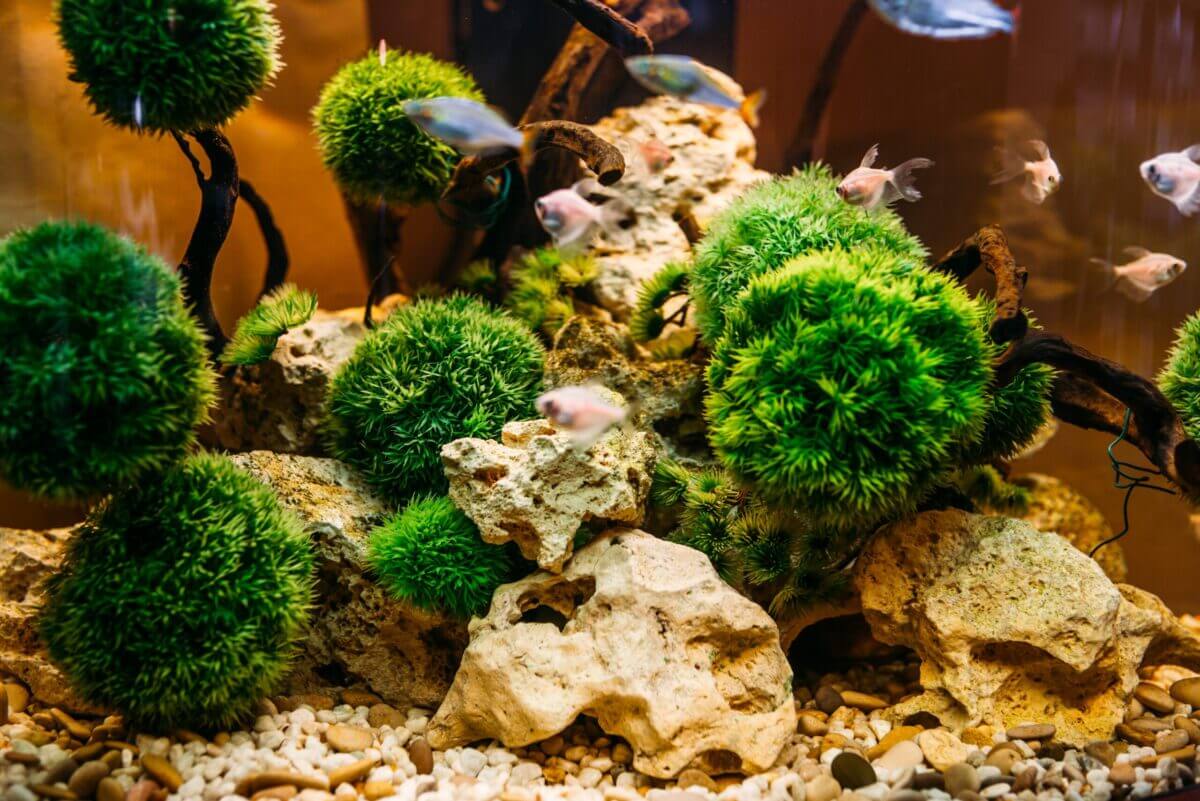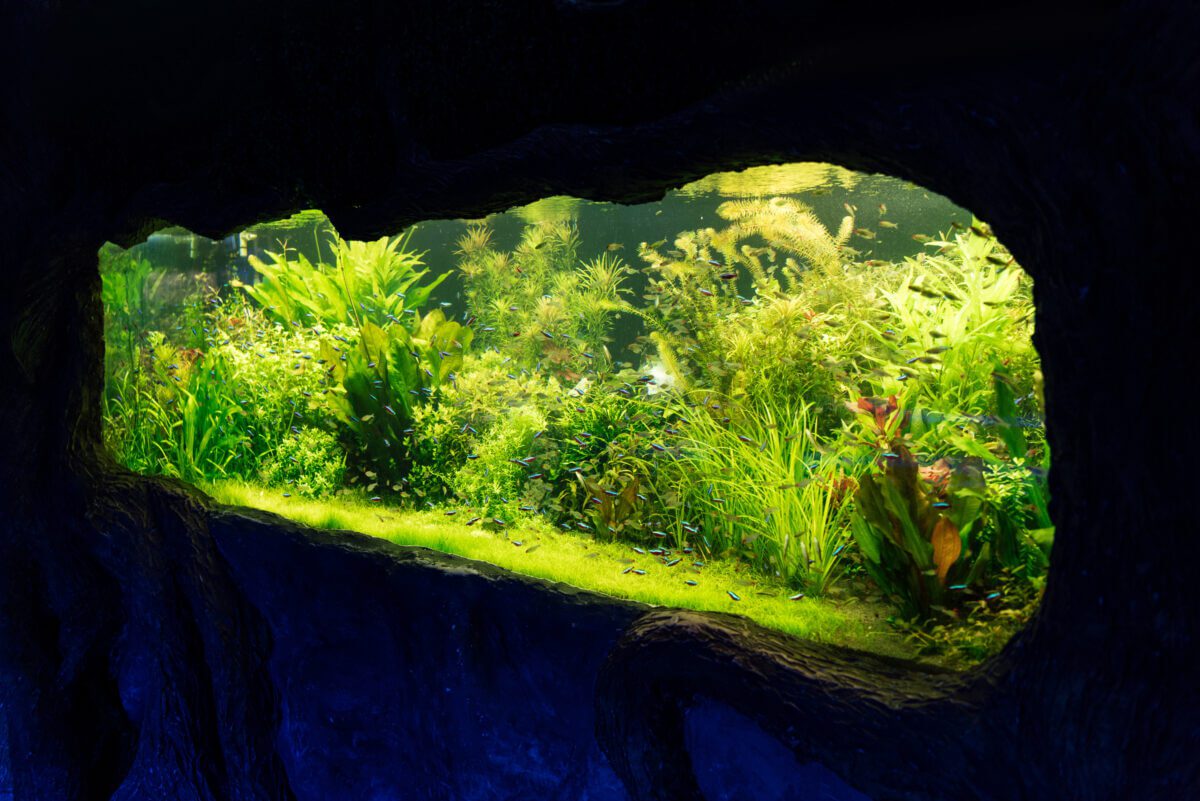Keywords: Java Moss propagation, dividing Java Moss, fragmentation method, spore propagation, attaching Java Moss, optimal tank conditions, Java Moss growth, aquarium moss care, propagation tools, moss separation techniques, replanting Java Moss, surface attachment, moss growth monitoring, propagation troubleshooting, algae prevention, Java Moss health, aquatic plant fertilization, moss cultivation tips, water quality for moss, light requirements, CO2 and Java Moss, moss and aquascaping, Java Moss benefits, moss in ecosystems, Java Moss maintenance, propagation benefits, Java Moss lifespan, Java Moss varieties, moss and biodiversity, Java Moss aesthetics
Java Moss, scientifically known as Taxiphyllum Barbieri, is a popular and versatile plant in the aquarium hobby. Its ability to thrive in various water conditions and its ease of propagation makes it a favourite among aquarists.
This comprehensive guide will explore everything you need to know about Java Moss propagation, including its requirements, methods, and care tips. Whether you are a beginner or an experienced hobbyist, this article will provide valuable insights on incorporating Java Moss into your aquarium design and maximizing its benefits.
Key Takeaways:
Java Moss is a popular plant in the aquarium hobby due to its hardiness and low maintenance. You will need the proper water, light, and temperature conditions to propagate Java Moss successfully. There are three methods of propagating Java Moss: division, cuttings, and spores. Each method requires specific preparations and care.
What is Java Moss?
Java Moss, also known as Taxiphyllum Barbieri, is a popular aquatic plant native to Southeast Asia, mainly in countries like Japan, Singapore, and Malaysia. It is revered for its versatility, adaptability, and aesthetic appeal in aquatic environments.
Java Moss is a popular choice among aquarium enthusiasts and is found in various water bodies such as streams, rivers, and ponds. It can thrive in multiple water conditions, making it versatile and easy to care for. Its small size and intricate structure create a lush, green carpeting effect when cultivated in tanks, adding a visually appealing and naturalistic touch to any aquatic setup.
Thanks to its hardy nature, Java Moss requires minimal maintenance, making it an ideal choice for beginner aquarists. It not only enhances the beauty of the tank but also helps maintain ecological balance in the water. With its numerous benefits, it’s no wonder why Java Moss is a must-have for any aquarium enthusiast.
Why is Java Moss Popular in the Aquarium Hobby?
Java Moss has gained immense popularity in the aquarium hobby because it is a versatile aquarium moss, enhancing aquascaping compositions and providing numerous benefits to aquatic environments. Its adaptability, low maintenance, and aesthetic appeal make it a sought-after choice for aquarists worldwide.
As an adaptable plant, Java Moss can thrive in a wide range of water parameters, including varying levels of light and pH. This makes it suitable for diverse aquatic environments, adding to its appeal for aquarists. It can be incorporated into various setups, from shrimp tanks to intricate aquascapes.
One of the benefits of Java Moss is its ability to remove excess nutrients from the water. This helps to maintain a healthy aquatic ecosystem. Additionally, it provides shelter for baby fish and invertebrates, making it a valuable asset for any aquarium.
What are the Requirements for Java Moss Propagation?
To successfully propagate Java Moss, providing optimal tank conditions, including appropriate water quality, adequate lighting, and suitable temperature levels, is essential. These factors are crucial in facilitating healthy Java Moss growth and propagation.
Java Moss thrives in low to moderate light conditions, making it an ideal choice for aquariums with minimal lighting.
It is essential to provide consistent and moderate lighting for optimal growth and propagation. Intense, direct light can lead to the browning or deterioration of Java Moss, while insufficient light may hinder its development.
Maintaining a stable temperature range between 21-24°C (70-75°F) is vital for the successful propagation of Java Moss. Fluctuating temperatures can stress the plant and impede its growth.
It is also essential to ensure that the water quality remains high, with regular water changes and avoiding excess accumulation of organic waste.
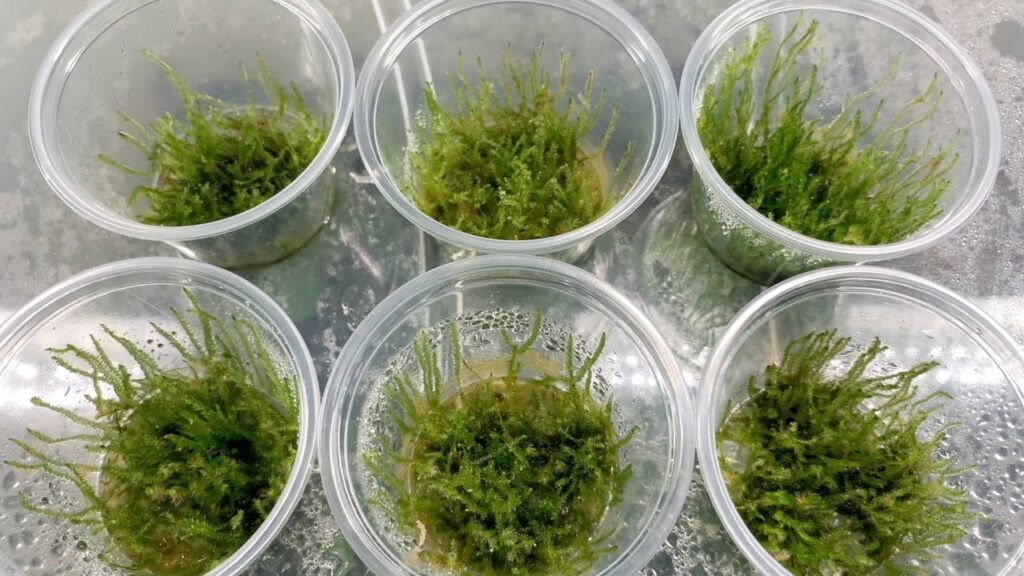
What Type of Water is Suitable for Java Moss?
The water quality suitable for Java Moss should be well-maintained, have a balanced pH level, and be free from pollutants that may hinder the moss’s growth. Regular aquatic plant fertilization can contribute to the overall health and vitality of Java Moss.
When cultivating Java Moss, maintaining optimal water quality is paramount. The moss thrives in water with a pH ranging from 5.5 to 8, ensuring it’s not overly acidic or alkaline.
Clean water free from pollutants such as heavy metals, chlorine, and excess nutrients is vital for the moss’s well-being.
Aquatic plant fertilization is crucial in bolstering Java Moss’s vitality. A balanced liquid fertilizer explicitly formulated for aquatic plants provides essential nutrients like nitrogen, phosphorus, and potassium, fostering robust growth and vibrant colouration.
What Type of Light is Needed for Java Moss?
Java Moss thrives under moderate to low-intensity lighting, making it ideal for aquariums with minimal natural light exposure. While it can benefit from supplemental CO2 in well-lit tanks, it generally does not require high-intensity lighting for robust growth.
This adaptability to various light conditions is one of the reasons why Java Moss is a popular choice among aquarists. The lower light requirement allows for easier maintenance and a more comprehensive range of placement within the aquarium.
In tanks with higher light levels, adding a CO2 supplementation can aid in promoting denser growth and vitality. This combination of light and CO2 creates an optimal environment for Java Moss to flourish without excessive lighting, offering a versatile and visually appealing addition to any aquatic habitat.
What is the Ideal Temperature for Java Moss?
The ideal temperature range for Java Moss propagation and growth falls between 59-86°F (15-30°C), encompassing a broad spectrum that caters to its adaptability in various aquarium environments. Maintaining consistent water temperature within this range is crucial for the moss’s well-being.
Java Moss, known for its hardy nature, can thrive in various temperatures, making it a popular choice among aquarists. Fluctuations beyond the specified range can stress the moss and hinder its growth. Therefore, monitoring the water temperature regularly and utilizing heating or cooling systems to keep it within the recommended boundaries is essential.
Consistency in water temperature is pivotal for optimal Java Moss propagation. Sudden temperature shifts can lead to deterioration and even death of the moss. Maintaining a stable environment within the prescribed temperature range is essential to support its lush green growth and overall health.
How to Propagate Java Moss?
The propagation of Java Moss can be achieved through various methods, including division, cutting, and spore propagation. Each technique requires specific tools and careful handling to ensure successful separation and replanting of the moss.
Division involves separating the moss into smaller sections and replanting them in suitable conditions. This process requires a pair of sharp scissors or a fine mesh to cut and divide the moss delicately.
Cutting involves snipping a portion of the moss and attaching it to a surface using a suitable fishing line or mesh tool. Spore propagation consists of dispersing the moss spores in a controlled environment with appropriate humidity and lighting to encourage growth.
Preparation for Propagation
Before initiating the propagation process, monitoring the existing Java Moss growth and addressing any potential algae issues is crucial to ensure a healthy and conducive environment for the propagation efforts.
Regular observations of the Java Moss patches enable the identification of any signs of algae overgrowth, which can hinder the propagation process.
Maintaining balanced lighting and nutrient levels in the aquarium is essential to prevent algae from outcompeting the moss. A consistent maintenance routine, including regular water changes and tank cleaning, can help control algae growth. Promoting good water circulation and introducing algae-eating fish or invertebrates can be natural controls to keep algae at bay.
Method 1: Division
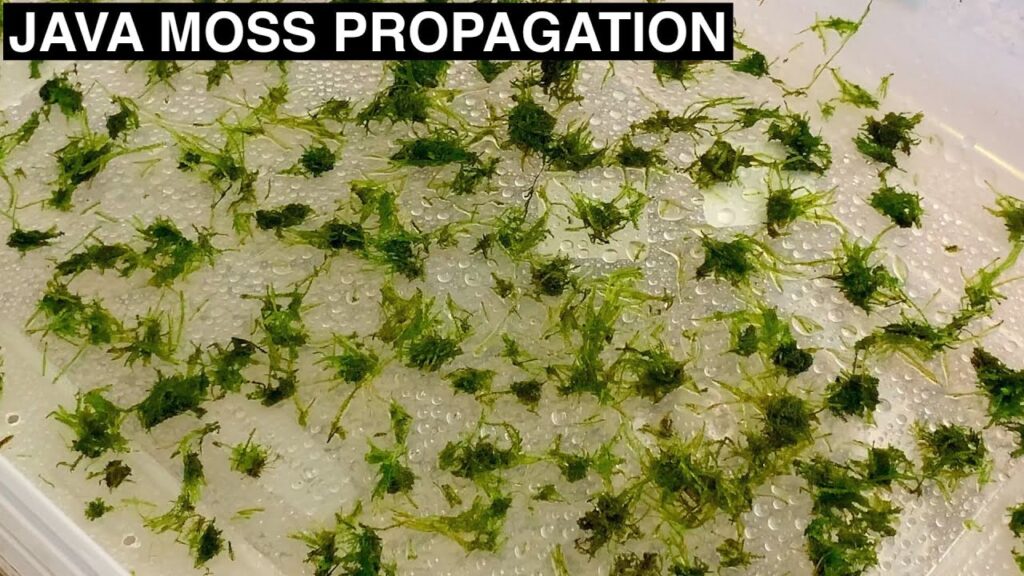
Division involves carefully separating sections of Java Moss using a fragmentation method, ensuring that each portion retains sufficient biological material for independent growth. This method requires precision and attention to detail to avoid damaging the moss.
When dividing Java Moss, using a clean pair of scissors or a sharp blade is essential to ensure a clean cut, as this promotes successful propagation.
The separated sections should ideally be around 1-2 inches in size, as this allows for a significant amount of biological material to be preserved. It’s crucial to handle the moss gently and avoid tearing or crushing the delicate structures.
Following these steps can effectively propagate Java Moss through division and fragmentation.
Method 2: Cuttings
The cutting method involves carefully removing sections of Java Moss and attaching them to desired surfaces or substrates, allowing them to establish and propagate in the new location. Proper attachment is essential for successful growth and development.
When removing Java Moss sections for propagation, it’s crucial to ensure a clean cut to promote healthy development. Once the sections are cut, they can be attached to surfaces using various methods, such as tying, mesh, or glue.
By attaching the cuttings securely, they can form strong connections and obtain necessary nutrients from their new environment. This step is vital as it directly influences the overall establishment and propagation of the Java Moss in the new location.
Method 3: Spores
Spore propagation involves collecting and replanting Java Moss spores in suitable environments, providing them with the conditions for germination and growth. This method requires careful handling and attention to environmental factors.
Java Moss spores can be collected by gently rubbing the mature moss in a container to release the spores.
These spores are then carefully sprinkled onto a damp substrate, such as aquarium soil or rocks, to create a conducive environment for germination.
Once planted, it’s crucial to maintain high humidity and moderate lighting to support the spores’ development.
Regular misting and monitoring of moisture levels are essential for successful germination.
Maintaining stable water conditions within the aquarium is vital for the healthy growth of the young Java Moss plants.
How do you care for Java Moss during Promotion?
Caring for Java Moss during propagation involves regular monitoring of its health, addressing potential issues, and troubleshooting propagation-related challenges to ensure the moss’s overall well-being and successful growth.
Maintaining favourable water conditions is crucial to caring for Java Moss during propagation. It thrives in slightly acidic to neutral water with high levels of nutrients. Regularly testing the water parameters for pH levels, temperature, and nutrient content is essential to prevent any imbalances hindering its growth.
Ensuring adequate lighting is critical for successful propagation. Java Moss requires moderate to high light levels to photosynthesize effectively. Therefore, positioning it in a well-lit area or providing artificial lighting is vital for its health and propagation.
Monitoring for any signs of algae growth or debris accumulation is crucial. Excessive algae or debris can hinder the moss’s development and lead to deterioration. Regular cleaning and maintenance of the propagation environment, such as gently removing debris and controlling algae growth, are essential to uphold the moss’s well-being.
What are the common problems with Java Moss propaganda?
Common problems with Java Moss propagation may include issues with attachment, environmental compatibility, and growth stagnation. Addressing these challenges is essential to maximize propagation benefits and extend the moss’s lifespan.
Attachment problems often arise due to improper anchoring, leading to moss detaching from the surfaces. To overcome this, a fine mesh, cotton thread, or glue can effectively secure the moss.
Regarding environmental compatibility, inadequate lighting or excessive nutrients can hinder Java Moss’s growth. Ensuring optimal light exposure and balanced nutrient levels can promote favourable conditions for healthy propagation.
Growth stagnation may occur due to overcrowding or lack of water flow. Utilizing aquarium pruning techniques and ensuring adequate water circulation can prevent stagnation and encourage continuous growth.
What are the benefits of propagating Java Moss?
Propagating Java Moss offers numerous benefits, including its positive impact on aquarium biodiversity, water quality improvement, and the aesthetic enhancement of aquatic environments. This process contributes to the overall health and balance of marine ecosystems.
Java Moss, known for its ability to thrive in various water conditions, is a refuge and food source for aquatic organisms, promoting biodiversity within aquariums.
Its dense growth helps remove excess nutrients, such as ammonia and nitrates, improving water quality. The lush greenery of Java Moss also adds natural beauty and creates a more visually appealing aquatic environment, enriching the overall aesthetic experience for enthusiasts and inhabitants alike.
How do you incorporate Java Moss into your aquarium design?
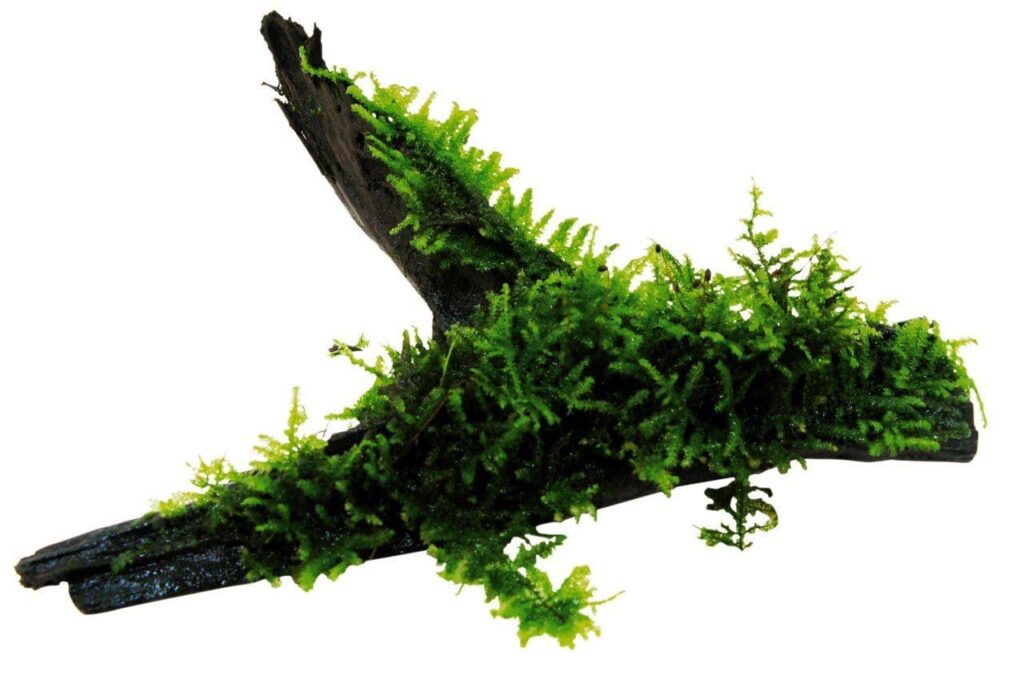
Incorporating Java Moss into your aquarium design involves strategically positioning the moss to accentuate aquascaping elements, provide habitat for aquatic life, and contribute to the ecological balance within the aquarium’s ecosystem.
When placing Java Moss, consider covering visible equipment, such as filter inlets and outlets, to create a natural look.
You can also attach it to driftwood or rock formations to mimic a natural environment for fish and invertebrates.
The moss’s dense growth offers shelter for baby fish and shrimp, contributing to a healthy and vibrant aquarium ecosystem.
What are Some Creative Uses for Java Moss?
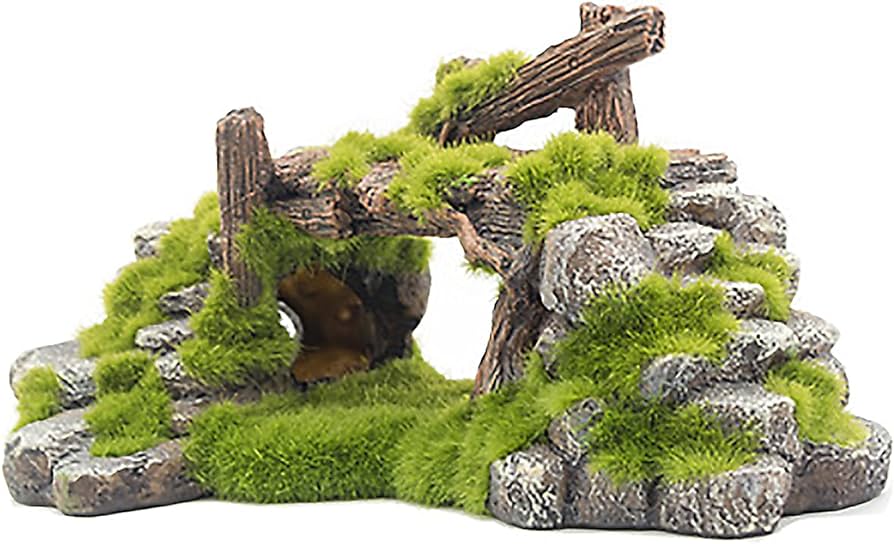
Java Moss offers creative opportunities for aesthetic enhancements in aquascaping, terrarium displays, and artistic moss arrangements. Its versatility and aesthetic appeal make it valuable to innovative projects and artistic compositions.
When aquascaping, Java Moss can create lush, green carpets that add a natural and soothing feel to aquariums. It can transform the landscape into a mystical and enchanting miniature forest in terrarium displays, providing a soft and vibrant bed for small creatures.
In artistic arrangements, Java Moss can be crafted into various shapes and patterns to add an organic and whimsical touch to decorative pieces. Cultivating Java Moss is relatively simple, making it accessible for beginners and experienced hobbyists. It thrives in low to medium light and can even tolerate some shade.
Indirect lighting and stable water conditions are ideal for promoting its growth. Regular trimming encourages denser growth and maintains its desired shape for creative projects.
References and Further Reading
For further insights and information on Java Moss, refer to reputable resources such as academic publications, online forums, and dedicated aquatic plant websites, where detailed guidance on propagation, care, and creative applications can be found.
These resources can provide valuable tips and techniques for cultivating and maintaining Java Moss in various aquatic environments. Online forums can offer practical advice from experienced hobbyists and professionals, enabling enthusiasts to tap into a community of fellow aquatic plant enthusiasts.
It’s also worthwhile to explore dedicated websites specializing in aquatic plants, which often feature comprehensive articles, care guides, and interactive forums for sharing experiences and troubleshooting common issues. Further reading materials can include scholarly articles on aquatic plant cultivation, specialized books on aquascaping and planted tanks, and research papers examining the ecological significance of Java Moss in aquatic ecosystems. By exploring these resources, enthusiasts can gain an in-depth understanding of Java Moss, its role in maintaining water quality, and its potential for enhancing the aesthetic appeal of aquariums and terrariums. https://www.youtube.com/embed/Kqx1F3GPuTQ
Frequently Asked Questions
What is Java moss, and why is it important to master its propagation?
Java moss is a type of aquatic moss popular in the aquarium hobby due to its ease of care and ability to enhance the look of any tank. Mastering its propagation is essential because it allows you to quickly grow and maintain a healthy supply of Java moss for your aquarium.
What materials do I need to get started with propagating Java moss?
You will need a clean tank or container, dechlorinated water, Java moss, a light source, and some substrate to anchor the moss.
What is the best way to prepare the Java moss before propagating?
Before you begin propagating, cleaning the Java moss by removing any dead or decaying parts is essential. This will ensure that the moss is in its healthiest state and will have a better chance of successfully propagating.
How do I propagate Java moss?
The easiest way to propagate Java moss is by dividing it into smaller clumps and attaching them to different surfaces using a fishing line, mesh, or glue gun. You can also let the moss float freely in the tank, and it will naturally attach itself to surfaces over time.
How often must I trim the Java moss to keep it healthy?
Java moss is a fast-growing plant, so trimming it every few weeks is recommended to prevent it from becoming too dense and potentially blocking light and oxygen from reaching other plants or fish in the tank.
What are some common mistakes to avoid when propagating Java moss?
One common mistake is to overhandle or disturb the moss too much during propagation, as this can damage the delicate roots and cause the moss to become dislodged. It is also essential to regularly clean and maintain the tank to prevent any buildup of debris or algae that may affect the health of the moss.

